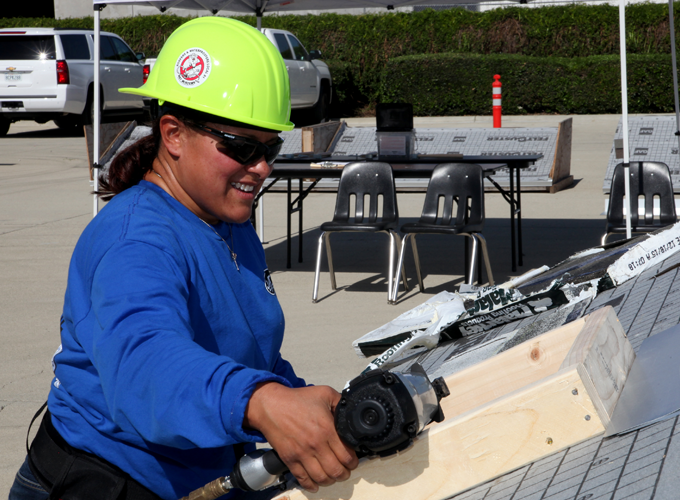Tips for Training Adult Workers

By Cotney Construction Law.
The construction industry is aging, and although contractors are actively seeking ways to attract young, skilled workers to the project site, these efforts have been largely unfruitful to this point.
The workforce in the construction industry is aging, despite contractors efforts to actively seek out ways to attract young, skilled workers to the project site. However, these efforts have been largely unfruitful at this point and as a result, contractors must work with a group composed of established workers who have been working in construction for years. New innovations within the construction industry though, require these experienced workers to pick up new skills in order for them to stay relevant. This article is a two-part series that deals with the training of older workers so that they can continue to work in the industry in an efficient and effective manner.
Realizing the Needs of Experienced Workers
It’s imperative to maximize the efficacy of your training programs if you wish to meet your product deadlines and deliver the most optimal product to the owner.
If you embrace sound training practices and follow a strict set of principles that cater to the demographics of your workforce, you can greatly increase their productivity and therefore your profits. The core of your training regimen should be centered around a focus of utilizing proven adult-centric learning techniques to assist your team in the development of new skills. A great example of an effective training methodology is peer-to-peer training which uses activity-based learning concepts to improve understanding. Peer-to-peer training helps develop your best workers into leaders while simultaneously fostering a bond between all of your workers. Peer-to-peer training tends to be much more effective than computer-based training (CBT). While CBT is convenient, its overall effectiveness is debatable, so make sure to incorporate it into an activity-based learning system if you plan to use it. When developing your training plan, try to utilize activity-based learning for about two-thirds of your allotted training hours. It’s also important to encourage instructors to speak plainly in order to better reach workers with varying learning abilities and educational backgrounds.
Meeting the Needs of Experienced Workers
Performing a needs assessment is imperative to ensuring you are addressing existing, relevant problems, in order to implement an efficient set of safety and healthy training procedures. A needs assessment can provide valuable insights about your workers’ knowledge, learning styles, and experience. When training is tailored to meet the needs of your projects and workers it becomes that much more valuable to the improvement of productivity. Evaluate your workers once they have completed the training in order to assess whether the training has produced the results you wanted it to. An evaluation can assist you in determining if your current training methods are both cost effective and comprehensive.
To read the full article, please visit: Cotney Construction Law
Disclaimer: The information contained in this article is for general educational information only. This information does not constitute legal advice, is not intended to constitute legal advice, nor should it be relied upon as legal advice for your specific factual pattern or situation.
-2025-xtv-mls-tour-2.png)






















Comments
Leave a Reply
Have an account? Login to leave a comment!
Sign In